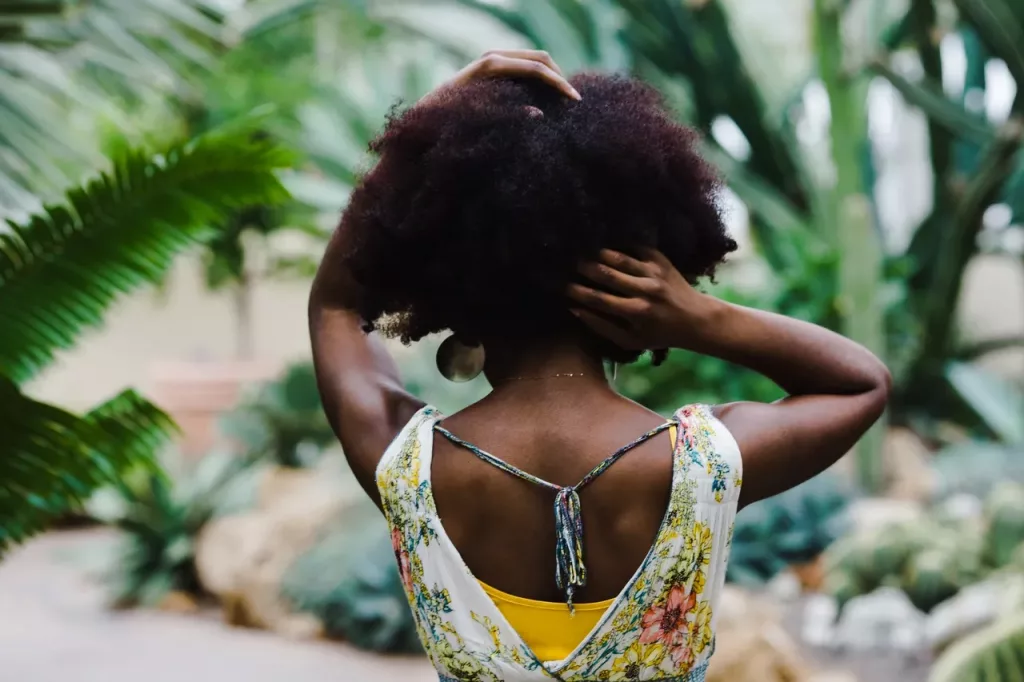14 March 2021|Business Growth, Latest Posts, Launching a business

By Clare Hall-Taylor. Fast fashion is in decline while premium fashion is on the rise. Customers are finally becoming more aware of the damaging effects fast, disposable, fashion has on the planet and are opting to spend their money on longer-lasting, premium brands instead. Customers also want products that reflect their personalities and say something about who they are. So, if brands get it right, they can capitalise on the growth in premium fashion, creating a strong brand that stands the test of time.
Here are some top tips…
Design products that last
A trend across retail, and fashion in particular, is toward longer-lasting products. People are much more aware of sustainability issues and want to contribute to environmental protection through every purchase, if possible.
Consumers are also looking for quality in their purchases. They understand the false economy of buying cheap products that fall apart after a year. If you’re designing for outdoor and activewear, it’s even more important to be hardwearing and repairable.
Design for your market and their needs today, as well as into the future. Strong brands have longevity ‒ if your clothing is falling apart after just a few years, people won’t repurchase and your brand visibility (not to mention sales) will dry up. If you design your clothes to last, however, people will still be wearing them in 10 years’ time and you will grow a brand synonymous with quality and longevity.
Use sustainable materials
Sustainability is also imperative when considering the materials you use to make your clothing. Good quality materials make clothing last longer. Sustainable materials help establish your brand as one that cares about your customers…. and the planet.
There’s also a big move towards natural fibres as people are discovering the damaging effects of synthetics. It was recently reported that polyester had been found in the Antarctic, for example, and traces of synthetic fibres were also found in our drinking water. Worried by these alarming reports, people realise the benefits of natural fibres which don’t break down to such a small size or cause anywhere near the harm of synthetics.
Ethics are important
Sustainability is crucial, but the human factor is also very important. Does your company do good for the people involved?
Awareness of exploitative sweatshops has been growing for years and tragedies like the Bangladesh factory collapse highlight real ethical issues at the bottom of the supply chain.
There has also been a rise in social enterprises over the past decade. These businesses either have a social mission of their own or support a particular charity. In doing so, they highlight their values and demonstrate how they are taking real, practical, measurable steps to help that charity or cause.
Find your market
The strongest fashion brands find a gap in the market, a need that is unfulfilled. However, they also need mass appeal. Research your market to uncover trends and discover areas which are undersaturated ‒ that’s where you’ll find the sweet spot between underserved and appealing.
Getting the right products for your market also requires trial and error. We started with a wider range of products at much smaller volumes, testing what worked and cutting what didn’t. This ‘agile’ way of working ‒ failing fast and finding what works ‒ means you can rapidly tailor your products to real-world market desires, rather than basing your product range solely on research.
In the current political climate, it’s also important to connect with your market’s values. After all, people want clothing that reflects their own personality. Start by defining your own values and creating a vision and mission for your brand. The aim is to take people with you on that journey, so you need to base all your branding and marketing decisions around those values.
Find your story
All the strongest brands have a good story. Perhaps a link to something or someone iconic. For example, we benefit from our connection with Sir Edmund Hillary through his family. And since it’s Sir Edmund’s 100th birthday this year, we also have an event to celebrate.
Of course, not every brand has links to something iconic, but every brand has a story. Why did you create your brand? What did you set out to achieve? What values do you hold or mission did you set out to fulfil? Again, link it back to your values, then tell the story. This will help develop the personality of your brand and provide the conversation starter that modern shoppers are looking for.
Creating a brand can be an exciting and challenging process with lots of decisions to be made. The strongest brands take time to consider every aspect of their business and pay close attention to detail.
ABOUT THE AUTHOR
Clare Hall-Taylor is from Edmund Hillary Brands. The Edmund Hillary clothing range is seasonless and durable and made from natural materials – often heritage fabrics. A percentage of every sale is donated to causes close to Hillary’s heart – supporting Himalayan communities and also outdoor education in the UK and further afield.
https://www.facebook.com/EdmundHillaryCollection/
https://www.instagram.com/edmundhillarycollection/
- lisafoundersitehttps://thesuccessfulfounder.com/author/lisafoundersite/
- lisafoundersitehttps://thesuccessfulfounder.com/author/lisafoundersite/
- lisafoundersitehttps://thesuccessfulfounder.com/author/lisafoundersite/
- lisafoundersitehttps://thesuccessfulfounder.com/author/lisafoundersite/



